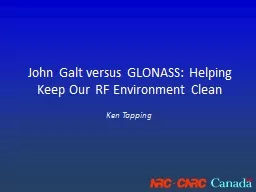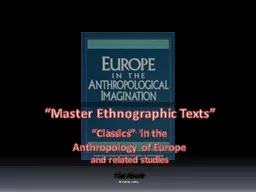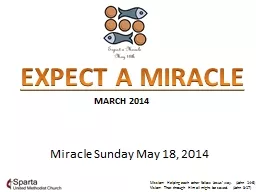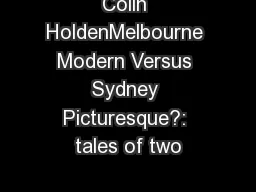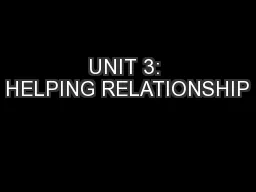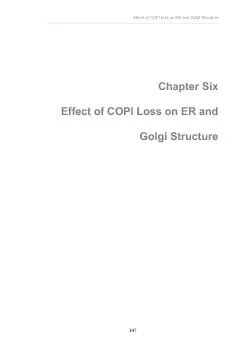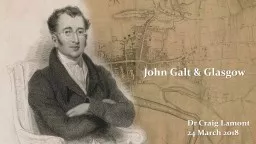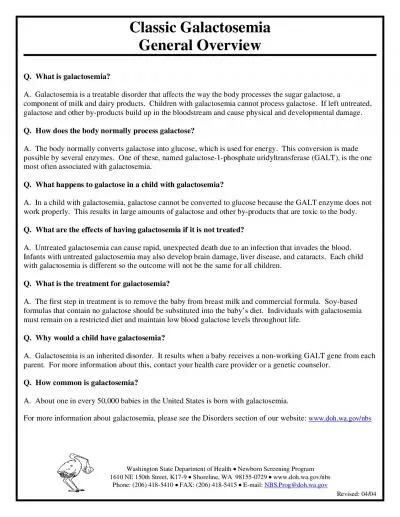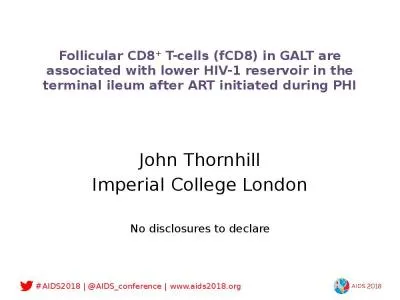PPT-John Galt versus GLONASS: Helping Keep Our RF Environment C
Author : jane-oiler | Published Date : 2016-06-10
Ken Tapping Example Problems 1 5591 610 MHz AERONAUTICAL RADIONAVIGATION RADIONAVIGATIONSATELLITE spacetoEarth spacetospace 1 6101 6106 MHz MOBILESATELLITE
Presentation Embed Code
Download Presentation
Download Presentation The PPT/PDF document "John Galt versus GLONASS: Helping Keep O..." is the property of its rightful owner. Permission is granted to download and print the materials on this website for personal, non-commercial use only, and to display it on your personal computer provided you do not modify the materials and that you retain all copyright notices contained in the materials. By downloading content from our website, you accept the terms of this agreement.
John Galt versus GLONASS: Helping Keep Our RF Environment C: Transcript
Download Rules Of Document
"John Galt versus GLONASS: Helping Keep Our RF Environment C"The content belongs to its owner. You may download and print it for personal use, without modification, and keep all copyright notices. By downloading, you agree to these terms.
Related Documents

